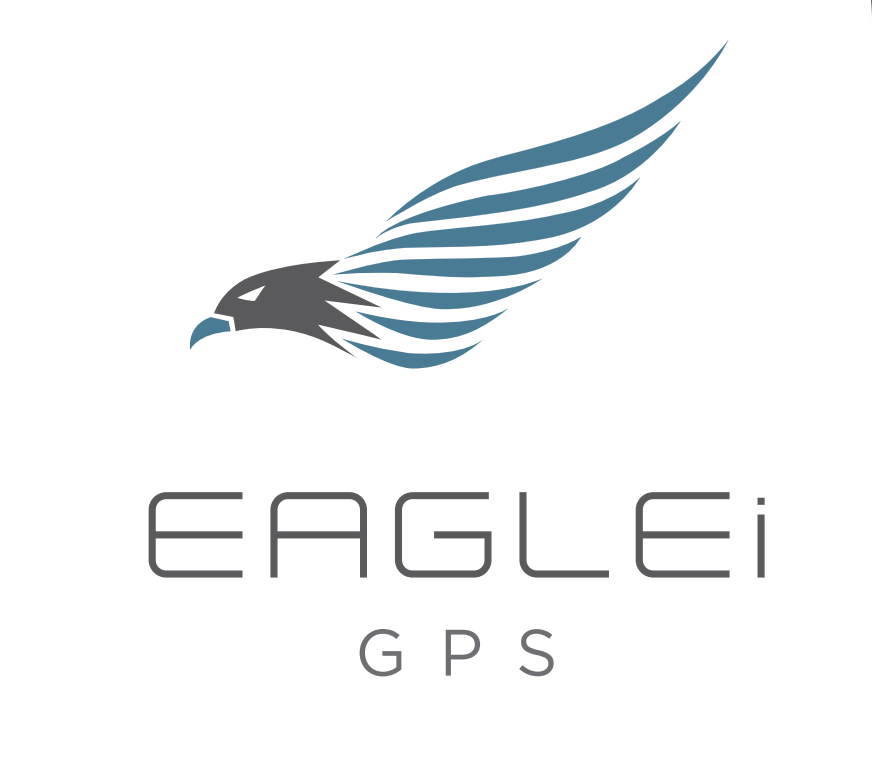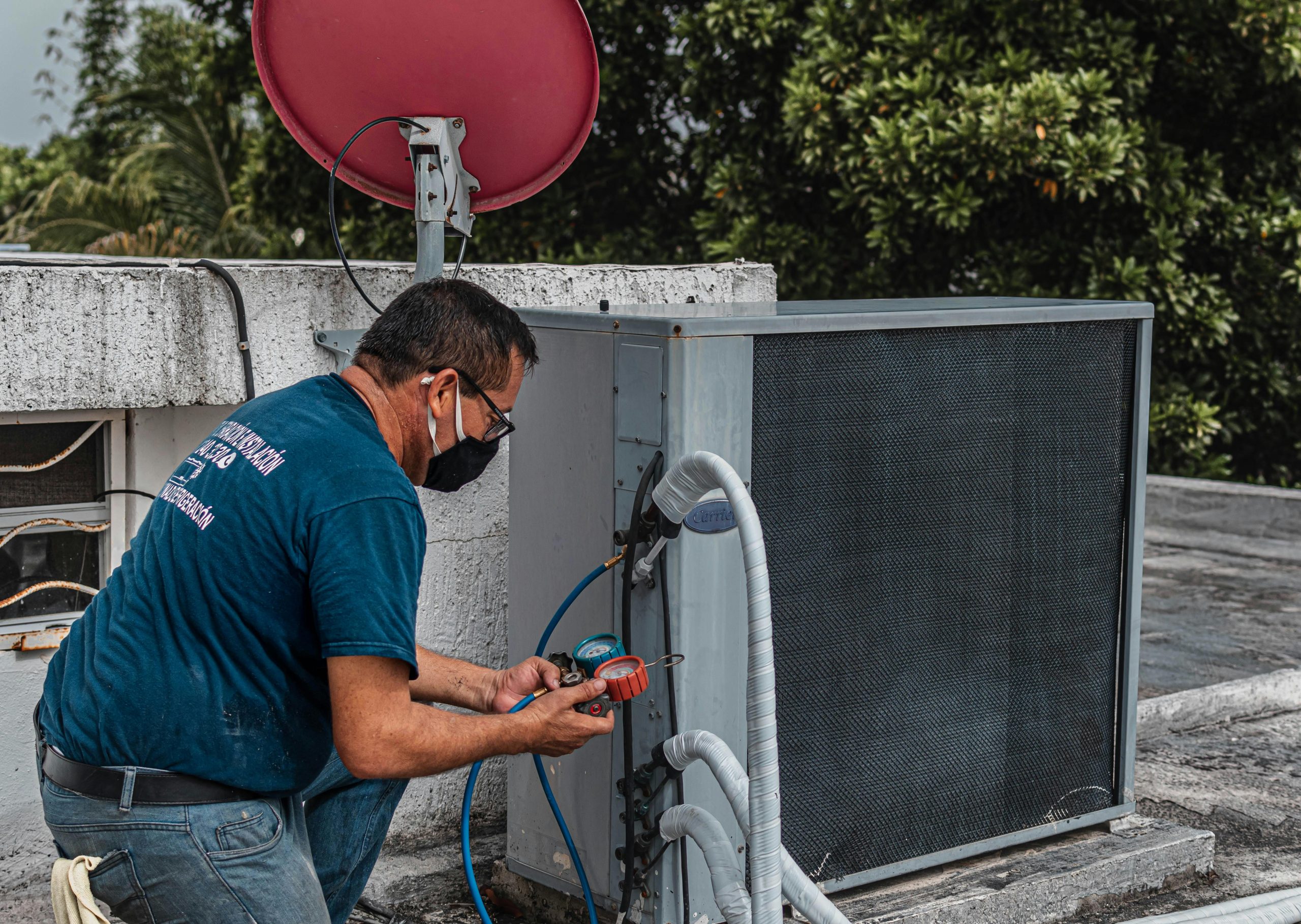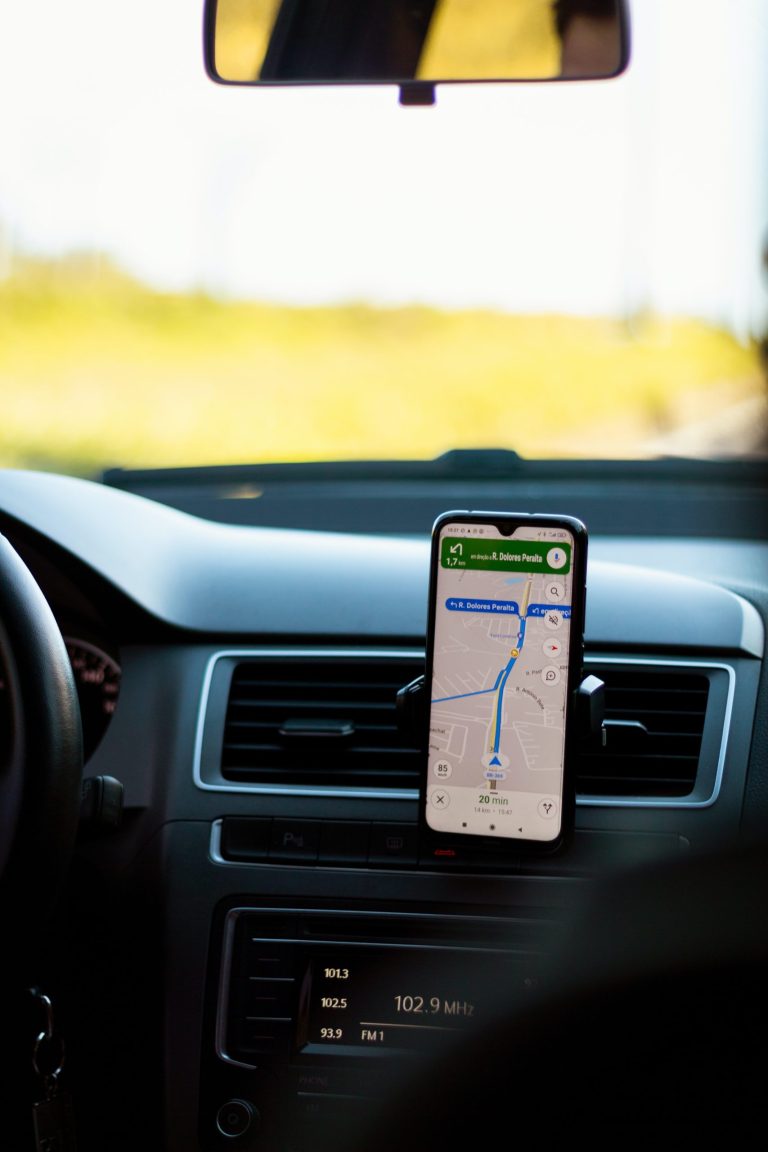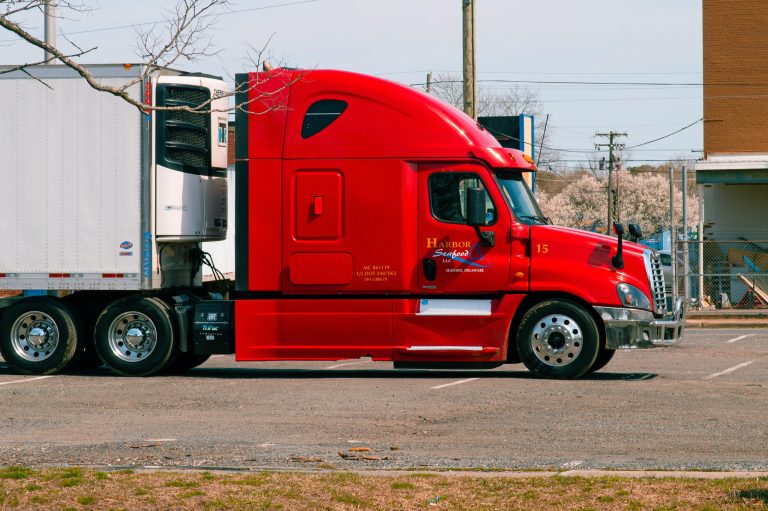How GPS Helps HVAC Companies Meet Emergency Response Time Guarantees
In the fast-paced world of Heating, Ventilation, and Air Conditioning (HVAC), every minute counts—especially during emergencies. Customers expect quick resolutions when their systems fail, and companies that consistently deliver prompt service earn a significant competitive edge. In this context, GPS fleet tracking technology has emerged as a powerful ally for HVAC businesses seeking to meet and exceed emergency response time guarantees.
This article explores how GPS tracking transforms emergency dispatching, improves operational visibility, streamlines communication, and ultimately ensures that HVAC companies are always one step ahead in customer service and compliance.
The Importance of Emergency Response Time in the HVAC Industry
Emergency service calls in HVAC are not just about comfort—they can be a matter of safety, especially in extreme weather. Failing to arrive within the promised response window can damage a company’s reputation and result in lost revenue or regulatory penalties.
Customer Expectations and SLAs
Customers today demand transparency and reliability. Many HVAC contracts include Service Level Agreements (SLAs) that require technicians to respond to emergency calls within a fixed timeframe, often as short as 1 to 4 hours. Falling short on SLAs can lead to financial penalties or lost clients.
Challenges Without GPS Tracking
Without real-time GPS visibility, dispatchers often rely on phone calls and estimates to locate technicians, making it difficult to assign the closest technician or estimate arrival times accurately. Manual systems are prone to delays and errors that cost time and money.
How GPS Fleet Tracking Solves the Response Time Challenge
GPS fleet tracking provides a digital map of all vehicles in real-time, along with insights into speed, location, route history, and traffic conditions. This information becomes invaluable for dispatchers and managers during emergencies.
Real-Time Technician Location
With live location data, dispatchers can instantly identify which technician is closest to the emergency site. This minimizes travel time and ensures the quickest possible response.
Dynamic Dispatch and Smart Routing
Modern GPS platforms integrate with routing engines like Google Maps or proprietary algorithms to suggest the fastest, least congested routes. This optimizes fuel consumption and ensures that technicians take the most efficient path to the customer.
Geofencing for Proactive Monitoring
Geofencing allows companies to set virtual boundaries around service areas or key customer zones. When a technician enters or exits a geofence, alerts are triggered, helping dispatchers track progress without constant check-ins.
Improving Internal Communication and Accountability
Beyond dispatching, GPS fleet tracking enhances internal coordination and accountability across teams.
Automated Status Updates
When integrated with mobile apps or in-vehicle tablets, GPS systems can automatically log when a technician arrives at or leaves a job site. These updates reduce the need for manual reporting and give office staff real-time awareness of job progress.
Better ETA Communication with Customers
With accurate arrival estimates, office staff can proactively communicate delays or provide arrival windows to customers. This transparency improves trust and reduces customer frustration during emergencies.
Performance Benchmarking
By analyzing GPS data, companies can measure response times, average travel durations, and technician productivity. Underperforming team members can be identified and coached, while top performers are rewarded.
Ensuring SLA Compliance and Reporting
HVAC companies that serve commercial clients or public contracts must often prove SLA adherence through detailed reporting. GPS tracking systems automatically log arrival and departure times with timestamps and coordinates, making compliance easy and auditable.
Digital Proof of Service
Reports generated from GPS data can serve as digital proof that a technician was on-site within the promised time window. This can prevent disputes and build credibility with clients.
Customized Reports for Clients
Some GPS platforms allow for client-specific reporting, enabling businesses to share customized performance summaries with property managers, facility directors, or corporate clients. This adds a layer of professionalism and transparency.
Safety and Efficiency Benefits During Emergency Dispatch
Emergencies can cause technicians to rush, potentially risking safety. GPS tracking discourages reckless driving and supports efficient operations.
Speed Alerts and Driving Behavior Monitoring
Fleet managers can receive alerts if a technician is speeding or driving erratically. This improves road safety and reduces liability.
Fuel and Maintenance Optimization
By analyzing routes and idle time, GPS data helps reduce unnecessary fuel consumption. Predictive maintenance alerts ensure vehicles are always ready to roll when an emergency call comes in.
Integrating GPS with HVAC Scheduling and CRM Tools
The full power of GPS tracking is realized when integrated with HVAC management software and CRMs like ServiceTitan, FieldEdge, or Jobber. This creates an ecosystem where scheduling, billing, and tracking operate in sync.
Streamlined Job Assignment
Dispatchers can view job status, technician availability, and real-time location in one interface, allowing them to assign jobs more effectively.
Customer Data Access in the Field
Technicians using mobile apps can access service history, customer preferences, and emergency notes while en route. This allows them to arrive informed and ready to solve the issue efficiently.
Choosing the Right GPS Fleet Tracking System for HVAC
When selecting a GPS provider, HVAC businesses should prioritize systems that:
- Offer real-time tracking with low latency
- Integrate with HVAC-specific CRMs
- Support geofencing and route optimization
- Provide customizable reports for SLAs
- Include mobile apps for technicians
Conclusion: Stay Competitive with GPS-Fueled Emergency Response
In an industry where customer satisfaction depends on speed, precision, and transparency, GPS fleet tracking is no longer optional—it’s a competitive necessity. From dynamic dispatch to real-time ETA updates and compliance reporting, GPS solutions empower HVAC businesses to meet emergency response time guarantees with confidence.
As technology evolves, those who invest in smart fleet tracking will find themselves delivering better service, maintaining stronger client relationships, and growing their bottom line.
Ready to deliver faster emergency service with confidence? Contact EAGLEi GPS for a tailored solution that fits your HVAC operations.






